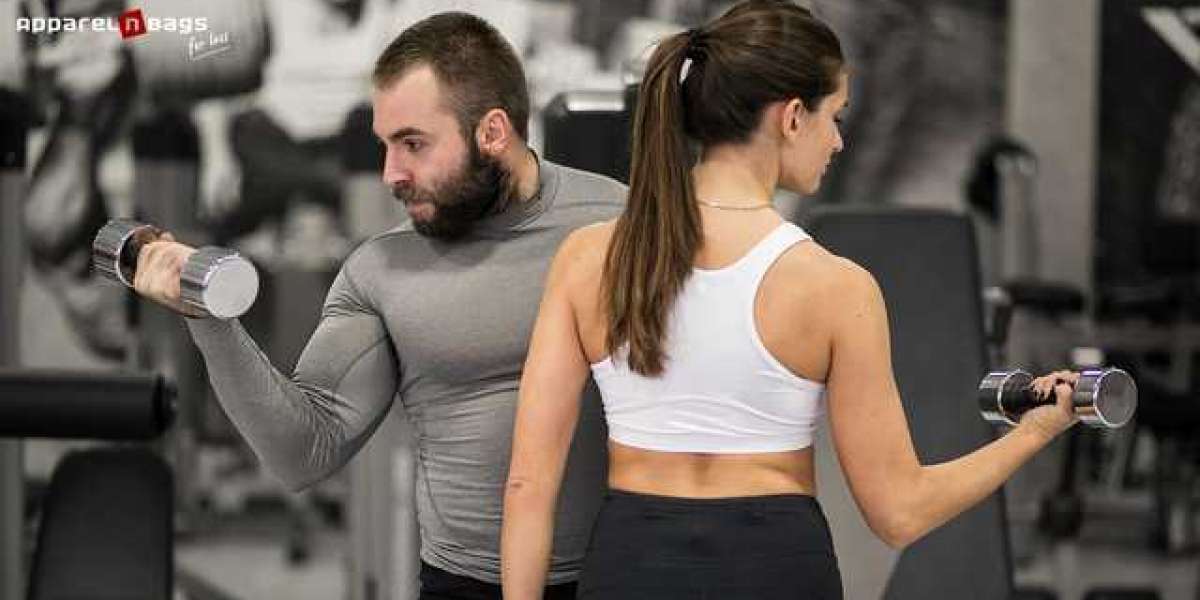Knee pain when bending knee is a common complaint among individuals of all ages. It can be caused by a variety of factors, including injury, overuse, or underlying medical conditions. Knee pain can range from mild discomfort to debilitating pain that affects daily activities.
Understanding the causes and symptoms of knee pain when bending is essential in determining the appropriate treatment options. This article will explore the potential causes of knee pain when bending the knee and provide tips on how to manage this type of discomfort effectively. Whether you are an athlete, weekend warrior, or simply experiencing ongoing knee pain, this article will provide valuable information to help you alleviate your symptoms and improve your overall quality of life.
Why Does My Knee Hurt When I Bend It?
Knee pain is a common complaint among many people, especially those who are physically active or have had injuries to the knee. One of the most frustrating aspects of knee pain is not being able to pinpoint exactly what triggers the discomfort. A particular question that often arises is why does my knee hurt when I bend it?
There can be several causes for knee pain while bending, including conditions like osteoarthritis, tendinitis, or ligament damage. Understanding the reasons behind this type of discomfort can help individuals better manage their symptoms and prevent further injury. In this article, we will explore some of the possible causes of this type of pain and provide tips for effective treatment and prevention strategies.
Patellofemoral Syndrome
Patellofemoral syndrome is a common knee problem affecting many people across the world. It is characterized by pain in the front part of the knee, particularly when bending or squatting. The syndrome can occur as a result of various factors such as overuse, muscle tightness, and poor alignment of the patella.
The patella or kneecap moves along a groove at the front of the thigh bone when we bend our knees. However, in some cases, this movement can be hindered by factors such as weak thigh muscles or malalignment of the leg bones. This causes friction between the patella and thigh bone leading to irritation and inflammation resulting in patellofemoral syndrome.
People who engage in activities that put excessive strain on their knees are more prone to developing this condition.
Patellar Tendonitis
Patellar tendonitis is a common condition that affects athletes and individuals who engage in repetitive knee-bending activities. It is an overuse injury that results from the inflammation of the patellar tendon, which connects the kneecap to the shin bone. The condition typically presents with pain and tenderness around the knee joint, especially when bending or extending it.
If you are experiencing knee pain when you bend it, it is essential to consult a doctor for diagnosis and treatment. Your doctor will conduct a physical examination of your knee joint and may order imaging tests such as X-rays, MRI or ultrasound scans to determine the underlying cause of your symptoms. In most cases, patellar tendonitis can be treated conservatively through rest, ice therapy, compression bandages, and non-steroidal anti-inflammatory drugs (NSAIDs) to reduce pain and inflammation.
Iliotibial (IT) Band Syndrome
Iliotibial (IT) Band Syndrome is a common overuse injury that affects runners and athletes. It occurs when the IT band, which runs from the hip to the knee, becomes inflamed and tight. The pain associated with this condition is typically felt on the outside of the knee joint and can be aggravated by activities such as running downhill or bending the knee.
If you are experiencing knee pain, it is essential to see a doctor to determine if you have IT band syndrome or another underlying condition. Your doctor will likely perform a physical examination and may order imaging tests such as an X-ray or MRI to diagnose your condition accurately. Treatment for IT band syndrome may include rest, ice, stretching exercises, physical therapy, anti-inflammatory medications, or even surgery in severe cases.
Osteoarthritis
Knee pain is a common problem that affects many people. It can be caused by a variety of factors, including osteoarthritis. Osteoarthritis is a degenerative joint disease that occurs when the cartilage in the knee joint wears down over time. This can lead to pain, stiffness, and swelling in the knee.
If you are experiencing knee pain when you bend it, it is important to see a doctor for an evaluation. Your doctor will be able to determine if your knee pain is related to osteoarthritis or another condition. They may recommend imaging tests such as X-rays or MRI scans to get a better look at the inside of your knee.
Baker's Cyst
Baker's cyst is a common condition that can occur in the knee joint and can be related to pain when bending the knee. This condition is caused by an accumulation of synovial fluid (joint fluid) at the back of the knee joint, leading to a bulge or swelling. Baker's cysts are usually harmless and do not require any treatment unless they cause discomfort or hinder normal movement.
If you experience persistent knee pain when bending, it is important to consult with your doctor about possible causes, including Baker's cyst. Your knee pain doctor Rao K.Ali may perform a physical exam and imaging tests such as an ultrasound or MRI to diagnose the condition. Treatment for Baker's cyst may include rest, ice therapy, compression, and elevation of the leg. In some cases where symptoms persist or worsen over time, surgery may be necessary to remove or drain the cyst.


